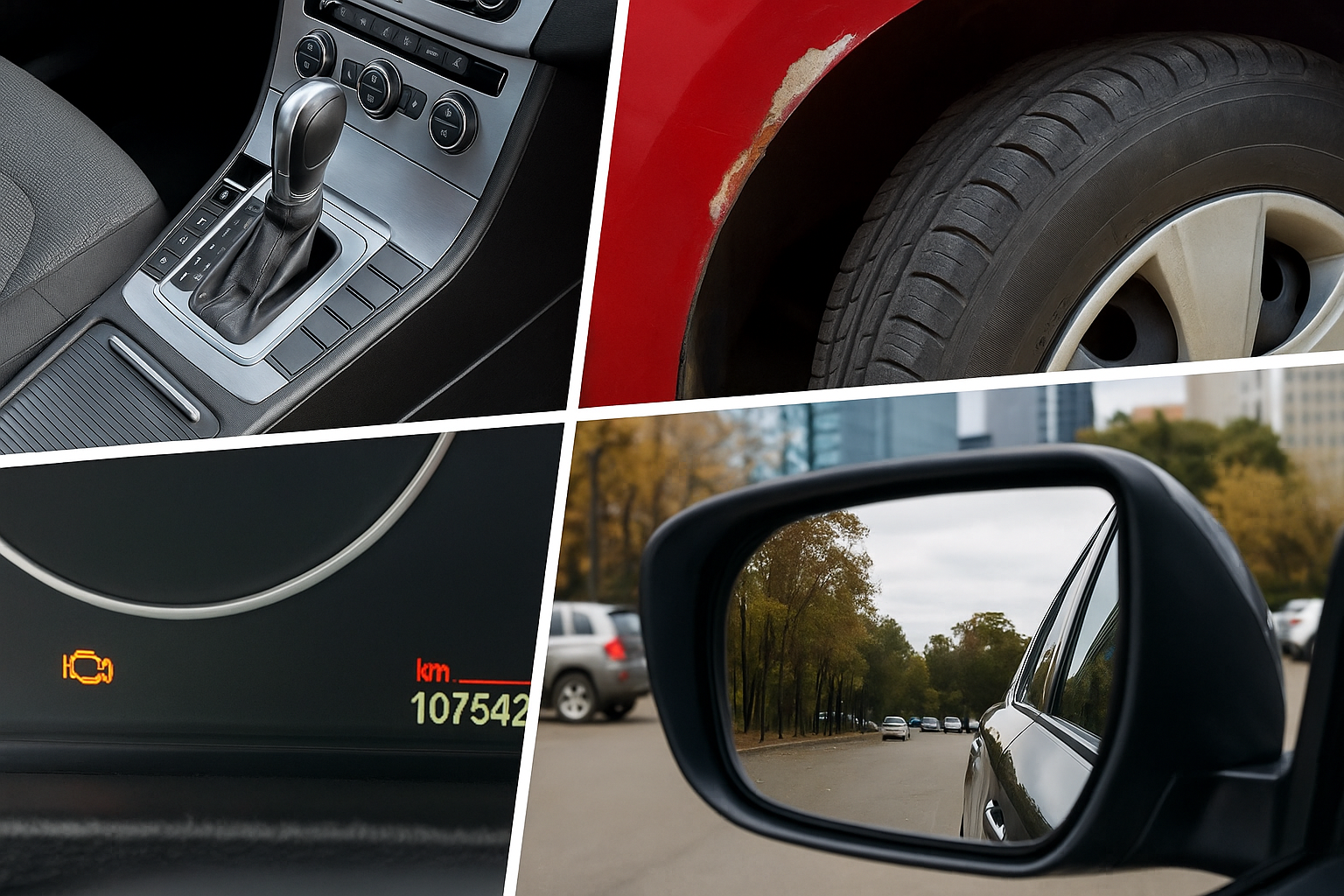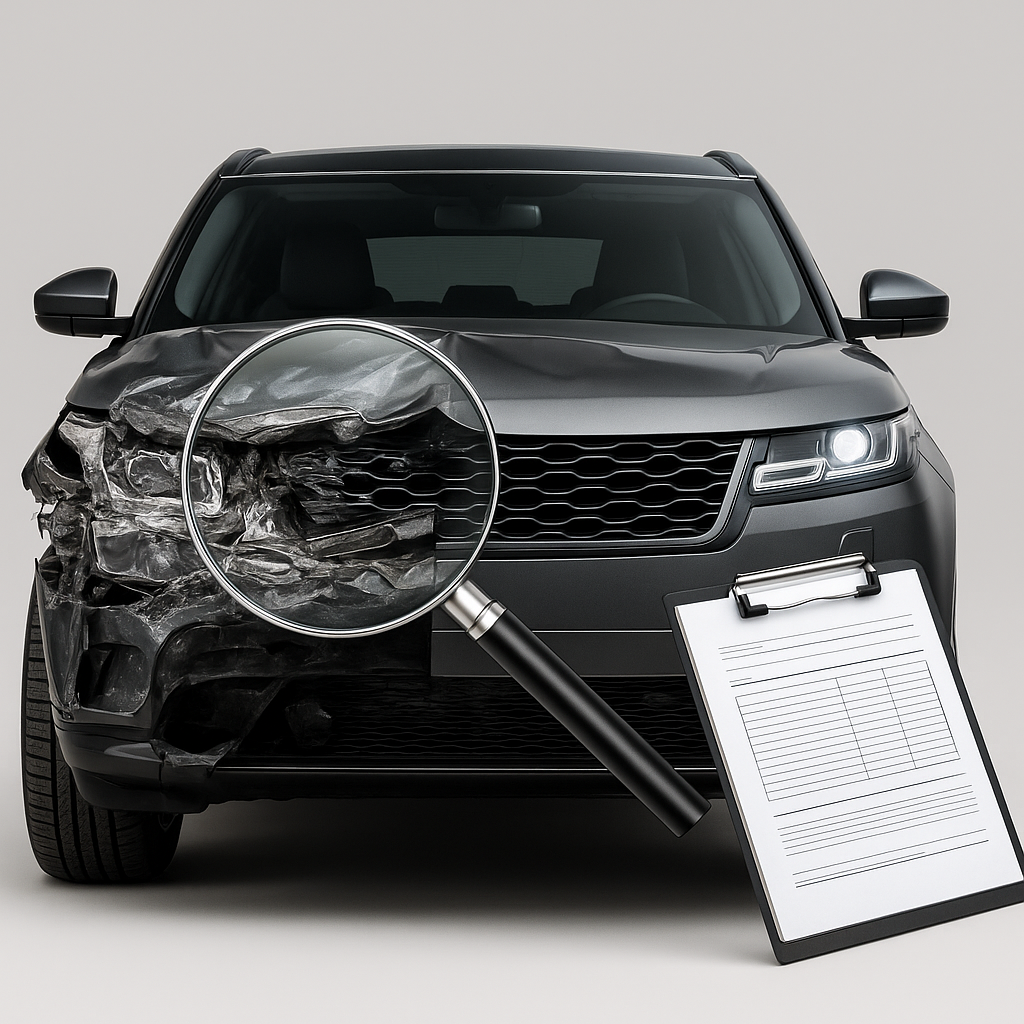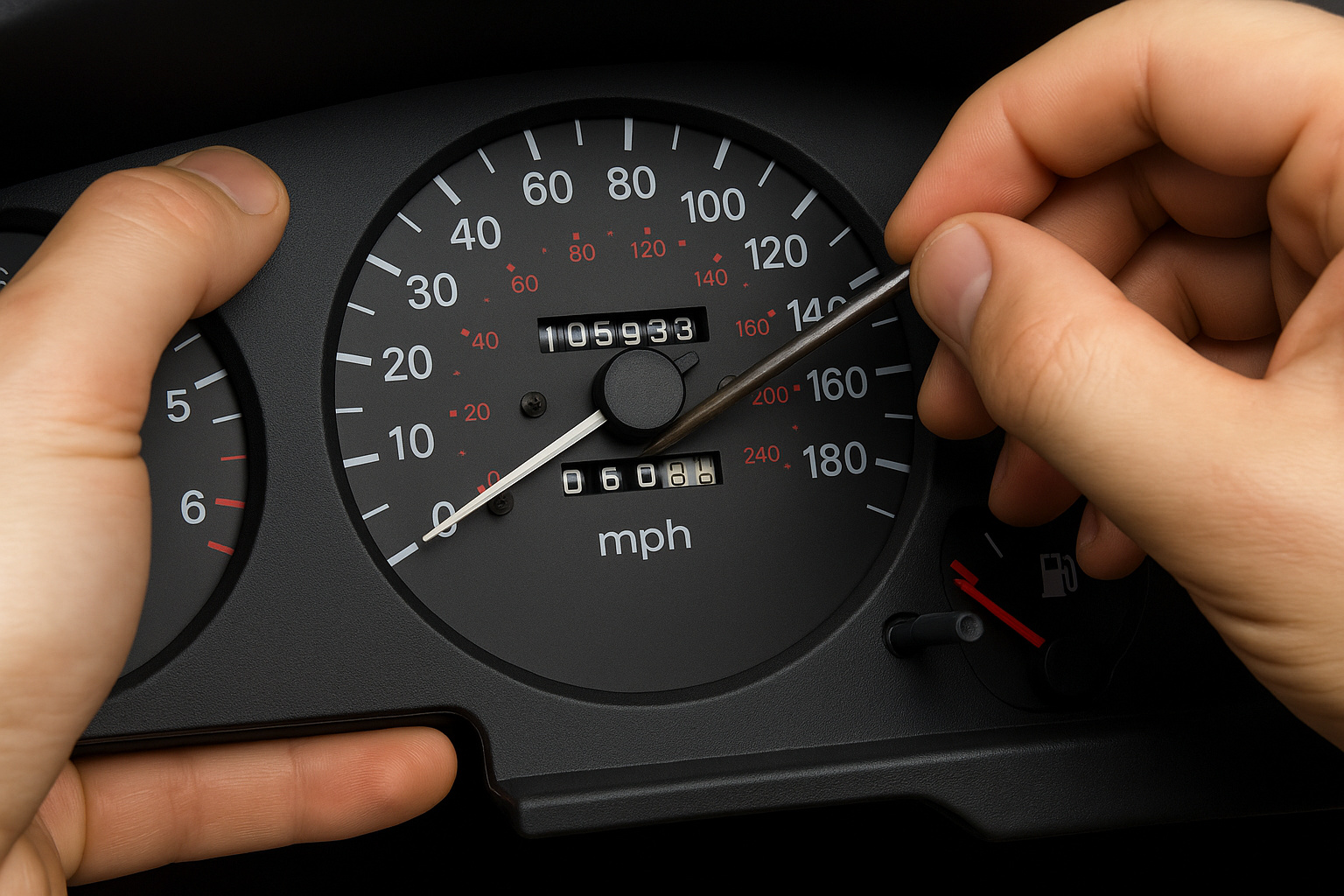Mistakes When Buying a Used Car: Real Cases and How to Avoid Them

Mistakes When Buying a Used Car
Buying a used car always carries risks. Even experienced buyers sometimes make mistakes that lead to large expenses or a total loss of money. Personal experience and observations of the used car market show that most problems can be avoided by acting carefully and consistently. In this article we will review the most common mistakes, real examples and methods to prevent them.
Insufficient document checks
Fake vehicle titles and registration documents
One of the most frequent mistakes is trusting the seller without checking documents. Some sellers provide fake vehicle titles or hide facts about liens, restrictions and loan obligations. A real example: a buyer purchased a car without checking owner and lien data, and a month later the car was seized by a bank.
Lack of complete vehicle history
Sellers often hide a vehicle's involvement in accidents or major repairs. Checking the history by VIN through independent services can reveal hidden collisions, part replacements or rolled-back mileage. Ignoring this step can lead to buying a problematic car with expensive repairs.
Technical condition problems

Hidden engine and transmission defects
Many buyers focus only on appearance and a short test drive, without performing a full diagnostics. Example: a buyer purchased a sedan that looked excellent externally, but a month later the engine required a complete overhaul, the cost of which exceeded half the car's price.
Ignoring suspension and electronics condition
Suspension and electronic systems often hide minor defects that over time turn into major problems. Insufficient inspection on a lift or during a test drive leads to unexpected expenses for replacing shock absorbers, steering components or sensor systems.
Mistakes in assessing mileage
Odometer rollback
Mileage is a key factor for used cars, but cases of odometer rollback are encountered in practice. Buyers trust the seller and rely on "low mileage", while the car has actually traveled two to three times more. Result: accelerated wear of parts and costly repairs.

Underestimating mileage impact on price
Some buyers purchase higher-mileage cars thinking they save money, but do not account for future maintenance costs. Real example: a car with 200 000 km mileage was cheaper than a similar one with 120 000 km, but after a year replacement of engine and gearbox made it 30% more expensive than the "younger" car.
Emotional purchases and trusting the seller
Buying with "love at first sight"
People often choose a car by appearance or brand, ignoring technical condition. Example: a buyer fell for a red sporty hatchback and did not check suspension and brakes. A few weeks after purchase a full repair of the braking system and suspension was required.
Too much trust in private sellers
Buying from a private individual without an expert increases the risk of fraud. Sellers may hide defects or documents. Even if the car looks perfect, without professional diagnostics and history checks you risk losing money.
Ignoring ownership costs
High repair and insurance expenses
Some buyers choose expensive premium models without considering future costs for maintenance, parts and insurance. Example: a German-brand car with 150 000 km turned out to be very expensive to repair, and the buyer could not cover the costs and sold the car at a loss.
Incorrect estimation of operating costs
Fuel, taxes and maintenance costs can vary greatly between models. Ignoring these factors leads to a "cheap" car becoming unreasonably expensive to operate.
How to avoid mistakes when buying a used car?
Have the car inspected by an expert
Mandatory diagnostics by an independent mechanic can reveal hidden defects in the engine, transmission, suspension and electronics. An expert will help assess the real condition of the car and possible future expenses.
Study the vehicle history and documents
Checking the VIN, vehicle title and registration documents through official or independent services helps exclude forgery, rolled-back mileage and existing liens. This minimizes the risk of financial loss.
Conclusion
Carefulness and checks are the key to a successful purchase
Real stories show: most problems arise from haste, trusting the seller and ignoring vehicle checks.
Planning and caution save money and nerves
Step-by-step checking of documents, history and the technical condition of the car allows you to choose a reliable option, reduce risks and enjoy the car without unexpected expenses.
